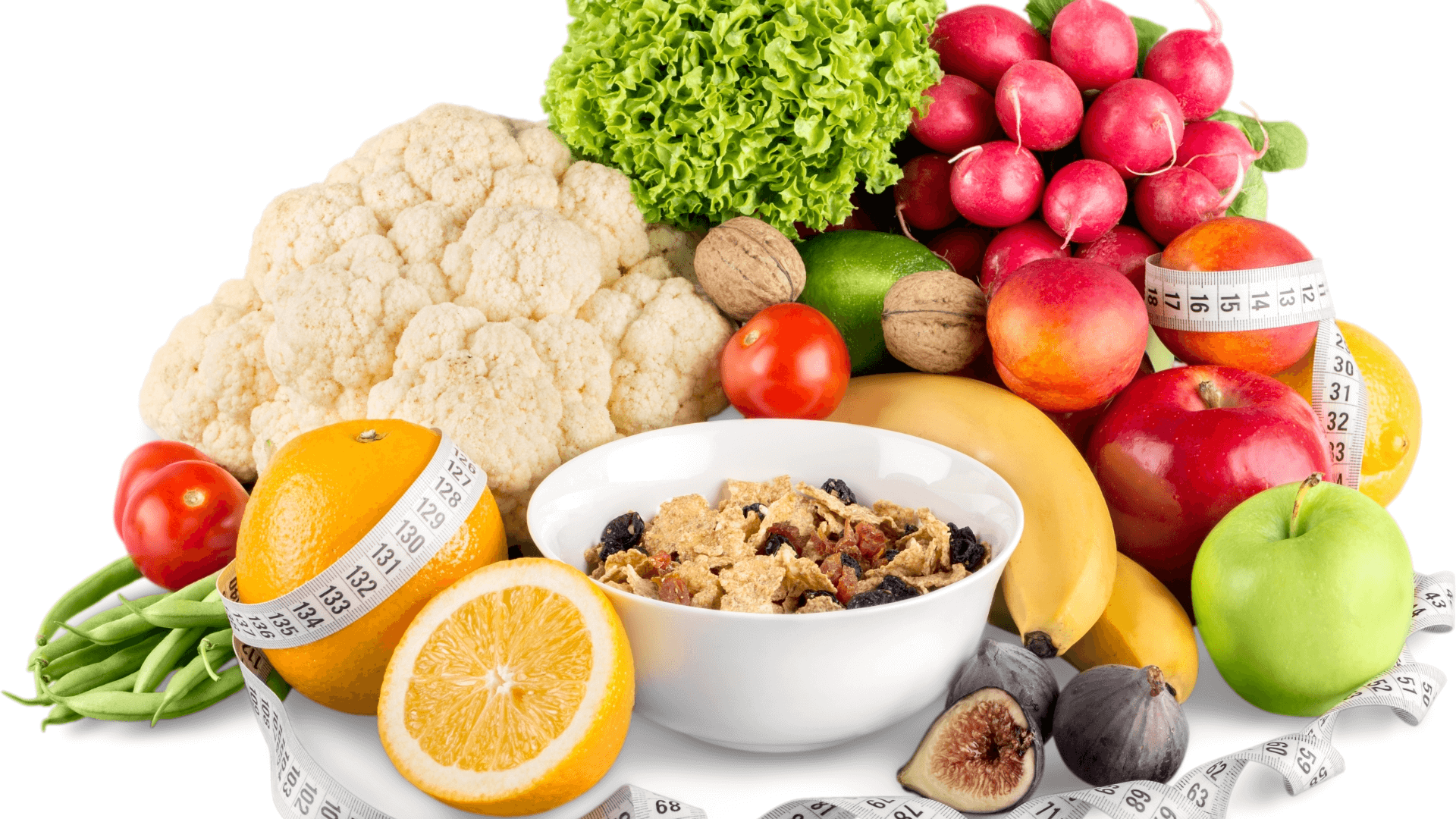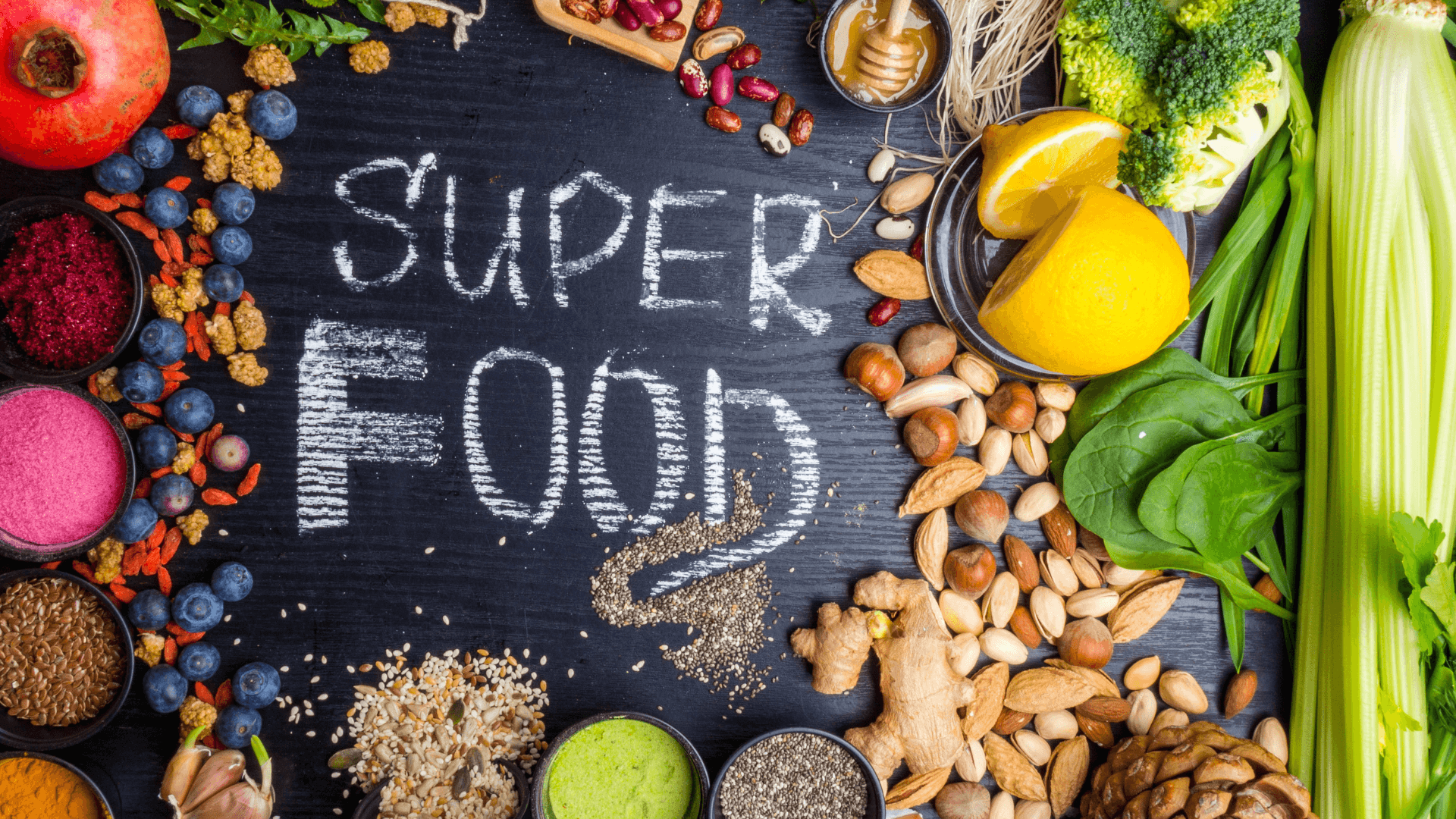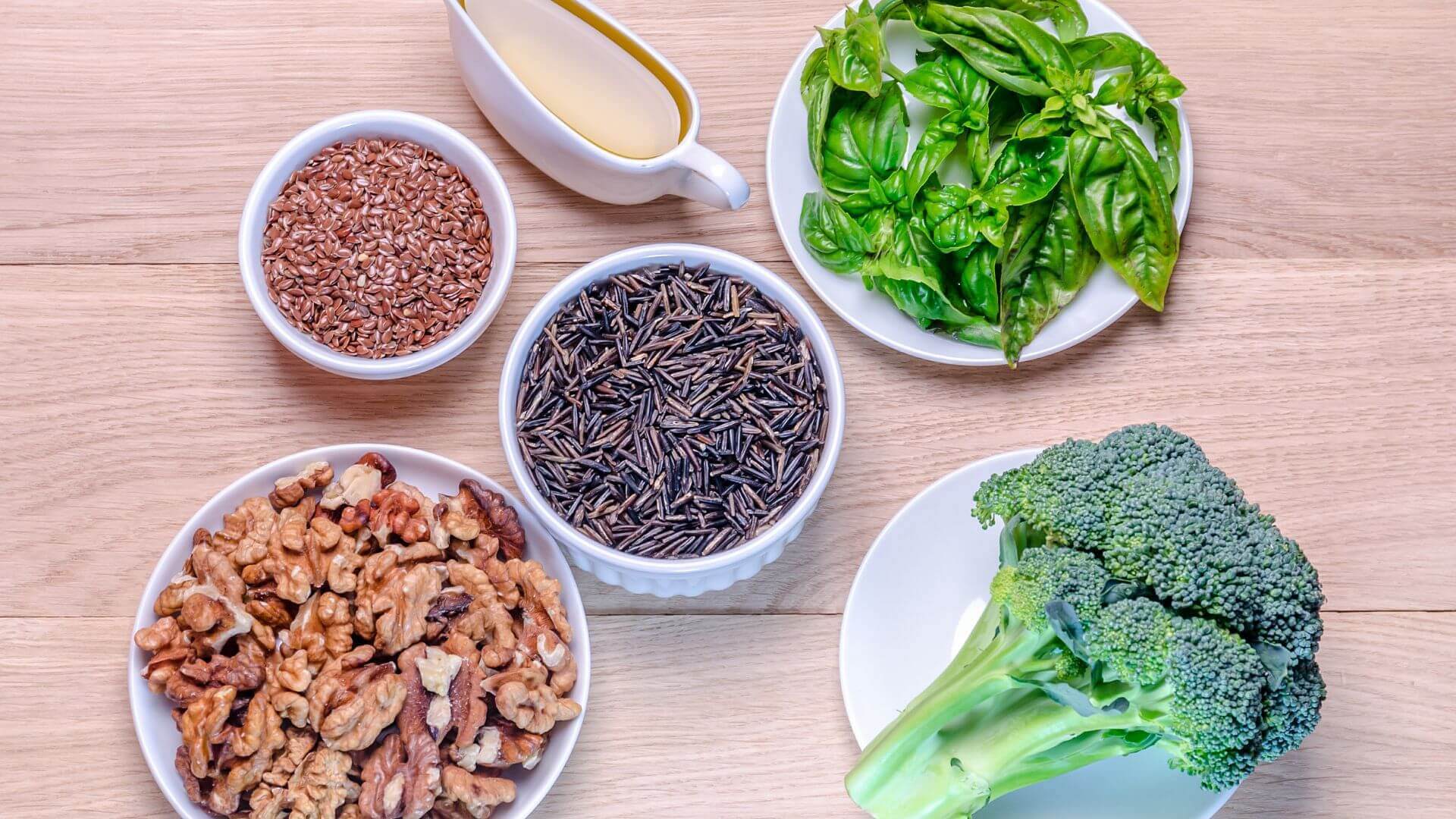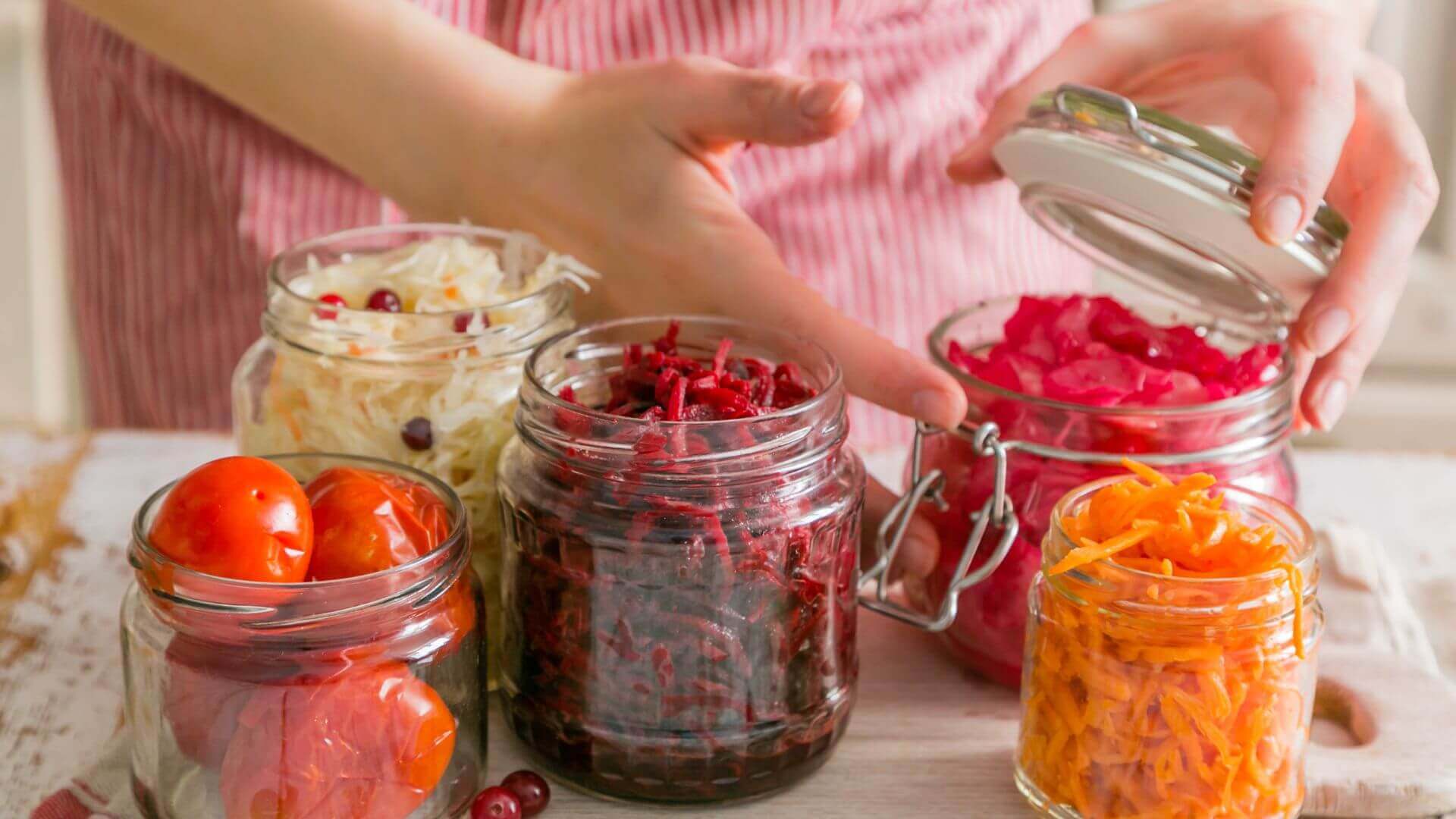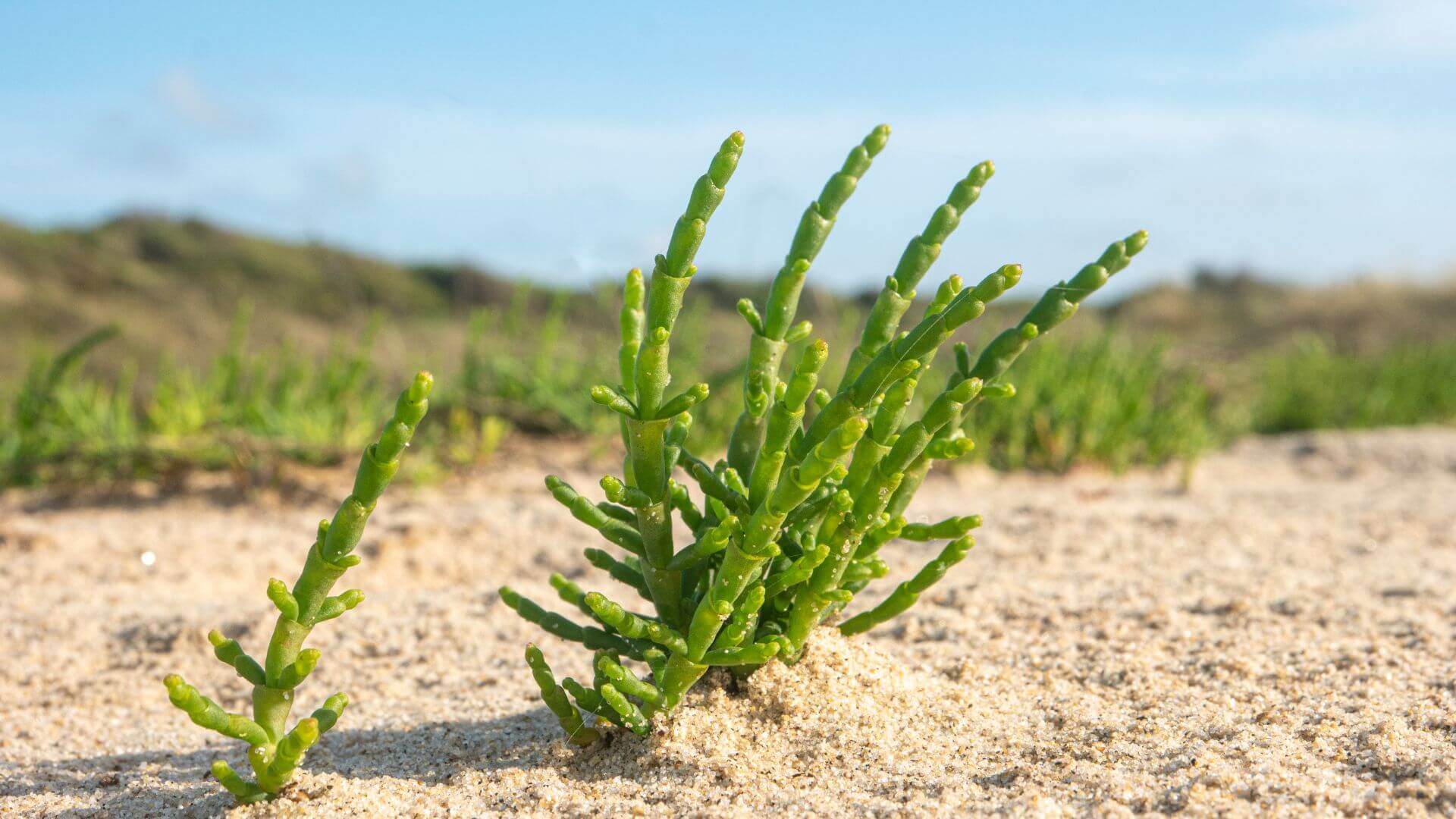Meet the green nutrition trio: legumes, greens, and grains for a complete protein combination to boost your healthy diet.
In recent years, the shift toward vegetarian and vegan diets has grown significantly, spurred by health reasons, environmental concerns, and ethical considerations.
However, one common concern that arises is: how can vegetarians and vegans ensure that they are getting complete proteins in their diets? The answer lies in understanding the concept of protein combining and recognizing the powerful trio: legumes, greens, and grains.
Understanding Complete Proteins
Proteins are made up of amino acids, the building blocks of our body. There are 20 amino acids in total, and nine of these are termed “essential.” Our bodies cannot produce these nine amino acids on their own, making it essential that we obtain them from our diet. A complete protein contains all nine of these essential amino acids in adequate proportions.
While many animal-based foods (like meat, poultry, fish, and dairy) naturally provide complete proteins, most plant-based foods do not. However, by combining certain plant foods, vegetarians and vegans can create complete protein sources.
The Power of the Trio: Legumes, Greens, and Grains
The magic of creating complete proteins in a plant-based diet often involves combining legumes, greens, and grains. Here’s why they work so well together:
- Legumes: This group includes beans, lentils, chickpeas, and peas. They are rich in lysine, an amino acid that’s typically low in many grains. However, legumes may be deficient in another amino acid, methionine, which is where grains come into the picture.
- Grains: Examples include rice, wheat, oats, and quinoa. Grains are typically low in lysine but have ample methionine, making them the perfect complement to legumes.
- Greens: Many leafy greens, such as spinach, broccoli, and kale, pack a surprising protein punch. While they might not offer as much protein per serving as legumes or grains, they provide a wide array of amino acids and can help ensure that one’s diet is rounded out with all the necessary building blocks.
Creating Complete Protein Combinations
Here are some delicious and classic combinations that are staples in many vegetarian and vegan diets:
- Beans and Rice: This is a staple in many cultures, from the classic Latin American dish to the Rajma-Chawal of India.
- Hummus and Pita Bread: Chickpeas (the primary ingredient in hummus) combined with whole grain pita creates a protein-packed snack or meal.
- Lentil Soup and Whole Wheat Bread: This pairing is not only comforting but also nutritionally sound.
- Quinoa and Black Beans: Quinoa is unique as it’s one of the few plant-based sources that’s a complete protein on its own. When combined with black beans, it becomes a powerhouse meal.
- Pasta with Lentil Tomato Sauce: Whole grain pasta paired with a sauce made from lentils ensures that you’re getting a wide spectrum of amino acids.
- Stir-Fried Tofu with Broccoli and Brown Rice: Tofu is made from soybeans, another complete protein. Adding broccoli and brown rice rounds out the meal.
In Conclusion
The idea of combining protein has been a topic of debate. Some experts suggesting that as long as one consumes a variety of proteins throughout the day, they’ll be fine. Whatever direction you choose, it’s still a worthwhile strategy. This is especially true for those new to a vegetarian or vegan diet.
Remember, the key is variety and ensuring a mix of different protein sources.
By understanding the basics of complete proteins and embracing the powerful trio of legumes, greens, and grains, vegetarians and vegans can enjoy a diverse, nutritious, and delicious diet that supports optimal health.

